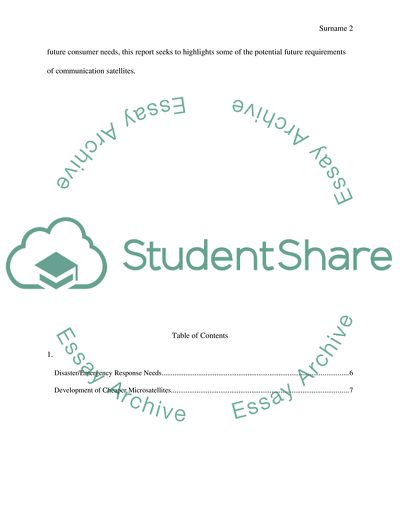Cite this document
(Future Requirements for Communication Satellites Coursework Example | Topics and Well Written Essays - 2750 words, n.d.)
Future Requirements for Communication Satellites Coursework Example | Topics and Well Written Essays - 2750 words. https://studentshare.org/engineering-and-construction/1827898-astronautics-space
Future Requirements for Communication Satellites Coursework Example | Topics and Well Written Essays - 2750 words. https://studentshare.org/engineering-and-construction/1827898-astronautics-space
(Future Requirements for Communication Satellites Coursework Example | Topics and Well Written Essays - 2750 Words)
Future Requirements for Communication Satellites Coursework Example | Topics and Well Written Essays - 2750 Words. https://studentshare.org/engineering-and-construction/1827898-astronautics-space.
Future Requirements for Communication Satellites Coursework Example | Topics and Well Written Essays - 2750 Words. https://studentshare.org/engineering-and-construction/1827898-astronautics-space.
“Future Requirements for Communication Satellites Coursework Example | Topics and Well Written Essays - 2750 Words”. https://studentshare.org/engineering-and-construction/1827898-astronautics-space.


